ChemicalFilm, Polishing, Chorming, Heattreatment, Passivating,
Laserengraving, Electrophoresis, VacuumMetalizing, PowderCoated,
Metal Plating, Silk-screen Printing
GET AN INSTANT QUOTE | PARTS FINISH
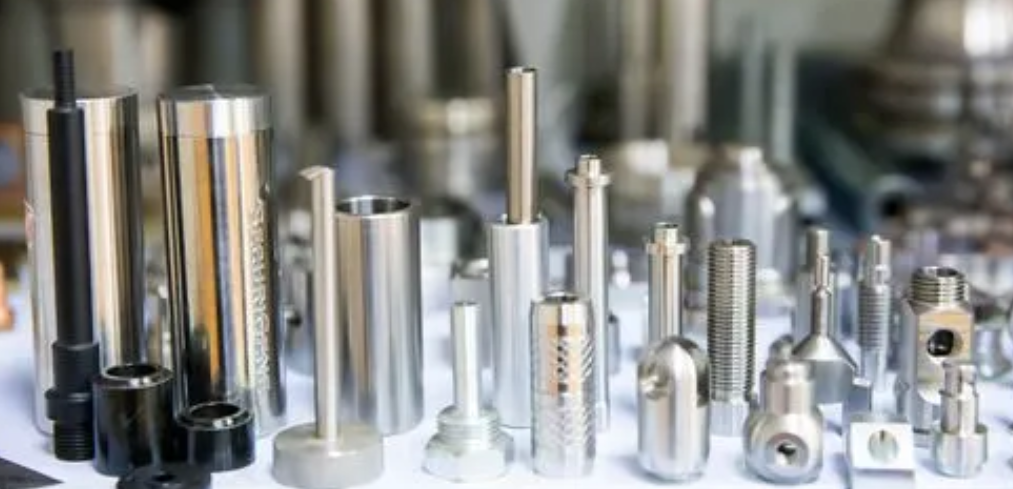
Choose a Realiable Supplier
KROSINO provides a variety of parts finishing services that can be customized to meet the specifications of your product design
KROSINO Post-Processing For Your Parts
KROSINO IS EXPERT IN CNC MILLING | CNC TURNING|LASER CUTTING|SHEET METAL|WIRE EDM.
PARTS SURFCE FINISHING
KROSINO's post-processing is capable of providing the best
product surface, including hand-finishing, sanding, sand blasting,
polishing,painting, and printing. We also offer a wide array of special
surface finishing, including laser etching, anodizing, powder coating,
metal plating, vacuum metalizing, chromate, chemical finishing,
passivating,heat treatments, etc.
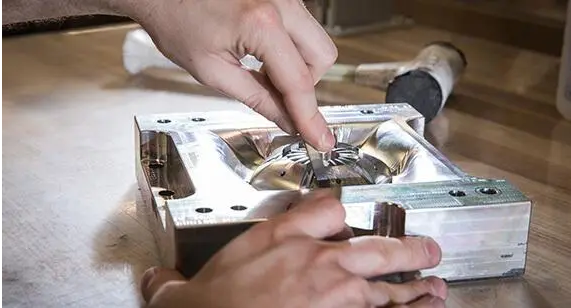 Hand Finishing
Hand Finishing
Laser Engraving
The choice of lasers is critically important for the quality of the mark. To create a clean mark, short bursts of high quality laser pulses are preferable, since they are able to transfer large amounts of energy without causing significant heating and melting of the sample..

KROSINO Parts Post Processing Capabilities
KROSINO provides an integrated parts surface finishing service to meet your diverse needs.With suppliers and our experienced in-house skills and advanced facilities, we try our best to ensure the color, texture, gloss, and surface finish of parts and exceed your expectations.
 Machined Surface
Machined SurfaceThe raw finish left on a part that has been manufactured using CNC machining is called 'as machined'. Machined parts will have tool marks that follow the path of the cutting tool. The machined finish is to make a smooth surface, created by a machine without polishing work, only needs a little handwork to clear the burr, the part could be finished and delivered quickly soon .The average surface roughness on an 'as machined' part is Ra 3.2 (3.2 μm). Additional finishing cuts can be performed to reduce the surface roughness further but this will increase the part cost. The standard machined surface roughness is Ra 3.2-1.6 μm;The smooth machined surface roughness is Ra 1.6-0.8 μm;The super-finished surface roughness is Ra 0.8-0.2 μm.
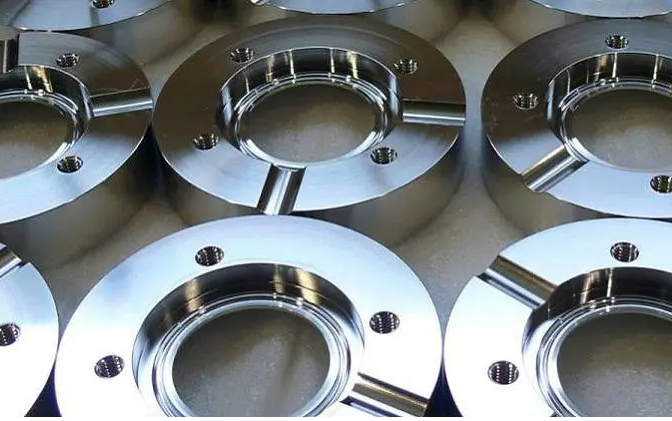 Polishing
PolishingPolishing is the process of creating a smooth and shiny surface by rubbing it or by applying a chemical treatment, leaving a clean surface with a significant specular reflection In some materials , polishing is also able to reduce diffuse reflection to minimal values.High polishing process is used for a mirror finish on normal plastic, metal parts, and clear acrylic and polycarbonate parts, to achieve a precise uniform flat surface and professional-grade gloss, or to enhance the optical clarity of clear parts.Mirror polishing is often performed on materials such as stainless steel and Al7075, softer metals like Al6061 risk having their surface deformed when sanding down. The added benefit of mirror polishing is its resistance to corrosion. The highly smooth surface finish means corrosive particles cannot harbour scratches.
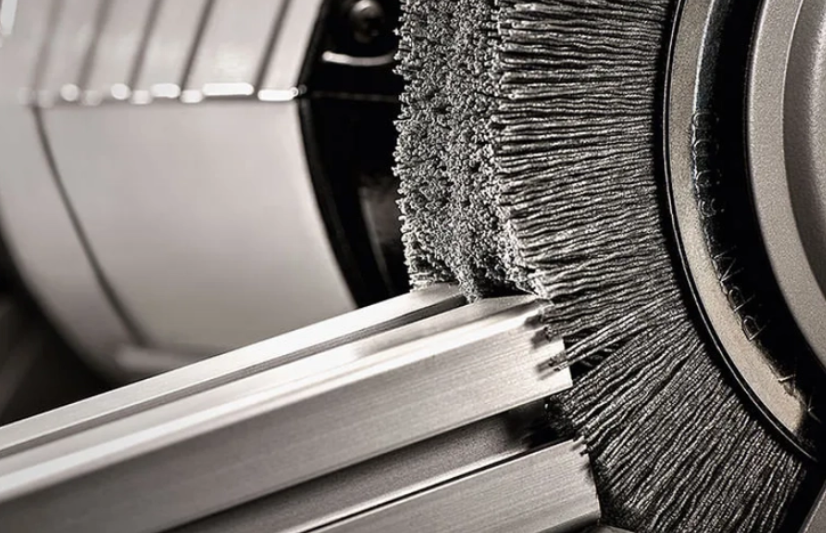
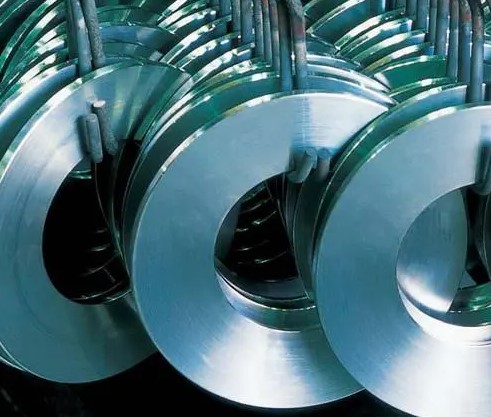
Heat Treatment
Heat treating can improve wear resistance by hardening the material. Metals (including steel, titanium, inconel, and some copper alloys) can be hardened either on the surface (case hardening) or all the way through (through hardening), to make the material stronger, tougher, more durable and more resistant to wear.

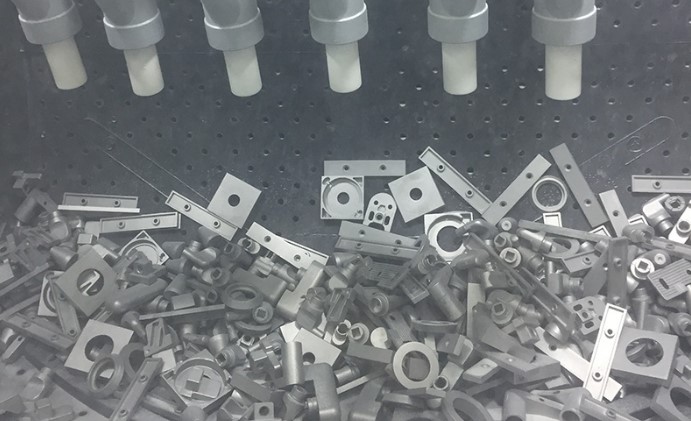
Anodizing helps to resist corrosion, increase surface hardness, improve wear resistance. This process serves both functional and cosmetic purposes. Anodizing is less expensive than painting, with the exception of coil painted products. The typical coating thickness: 12-18 μm for black, 8-12 μm for clear, 4-8 μm for color. Anodizing also known as hard anodizing, provides excellent corrosion and wear resistance, suitable for functional applications, but is more limited in color—often clear or black only. The typical thickness 30-125 μm.
Clear anodizing is a way to anodize metal that produces a clear finish, and it is one of the simpler and easier anodizing ways to do.Clear anodizing is typically a sulfuric acid anodizing process, and as a result, offers better wear resistance than chromic acid anodizing and comparable corrosion resistance. It is done by placing the Aluminum or another metal is placed in an acidic electrolyte; this usually is from sulfuric acid. An electrode then causes the acid to lose its oxygen molecules, which are adopted by the metal. This adds a new layer to the clear anodized metal. After the acid bath is finished, the metal is quickly dipped in hot water to seal the layer and make it permanent.
This commonly is done in a variety of applications, clear anodizing benefits diverse industries including: architecture, for use in window and door frames, railings and siding; automotive, for use in trim and housings for various exposed parts; printing, for use as commercial photolithography plates; and industrial manufacturing, for sheet metal and various extrusions such as profiles and cases for additional surface protection.
While clear anodizing also can be dyed, this must be done quickly and right after the acid bath. The disadvantage of this method is that the oxide layer is not as strong as other methods, so this metal can rarely be used for building or engineering.
Color anodizing is the process of anodizing a metal and then adding dye to the metal before it is sealed. In anodizing, the metal is placed in an electrolyte tank and an electric current passes through the electrolyte to form an oxide layer. After the oxide layer is formed, the dye can be applied to the metal, depending on the pore size of the metal. Aluminum is the most commonly used metal in color anodizing, but several other metals can be used, including titanium and magnesium. Although anodizing has several important benefits, color is added primarily to help distinguish parts and make them look more suitable for consumers. After the completion of conventional anodizing, the pore density of the metal will change. Metals can be given different colors depending on how long they have been anodized, the metal, and the method of anodizing. The dye is added directly to the metal, and the color adheres to the metal like the fabric. If the metal is not anodized beforehand and then the pores are too small, the dye will run off the surface of the metal. Only certain metals can be used for color anodizing because these metals must react freely with oxygen. If they do not react with oxygen, then the oxide layer does not form properly and cannot be stained. The two most common metals are aluminum and titanium because of their hardness and anodizing other metals outside of general use include zinc, tantalum, and magnesium. Unlike conventional anodizing, which has some mechanical benefits, color anodizing is primarily used for cosmetic purposes. The dyed metal will still gain mechanical benefits, such as increased surface hardness, but metals are rarely used for this. Color anodized metals are commonly used to help distinguish the color of parts, making metal products more visually appealing in consumer goods and clothing jewelry. This process produces less pollution and less leftover material than other dyeing processes.
In fact, you can add any color you like to anodized aluminum parts. Coloring is accomplished either by using dyes during the anodizing process or by painting afterward. Dying is preferred, as it creates permanent coloration which means it won't fade and can't be scratched off.


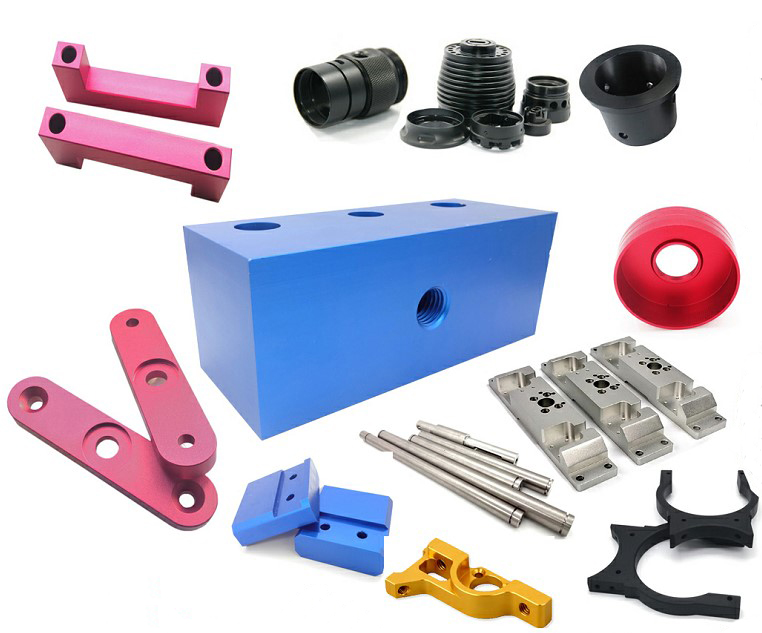
Screen Printing & Etching
Etching is an intaglio printmaking process in which lines or areas are incised using acid into a metal plate in order to hold the ink.Etching is also known as photochemical etching, it refers to the removal of the protective film in the etched area through exposure platemaking and development, and contact with chemical solution during etching to achieve the role of dissolution corrosion, resulting in the formation of concave and convex or hollow molding. In etching, the plate can be made of iron, copper, or zinc. To prepare the plate for etching, it is first polished to remove all scratches and imperfections from the surface.
Powder coating adds a thin layer of protective polymer on the surface of the part. It uses corona discharge phenomenon to make powder coating adsorbed on the workpiece, which is a strong, wear-resistant finish. The typical thickness varies from approximately 50 μm up to 150 μm.
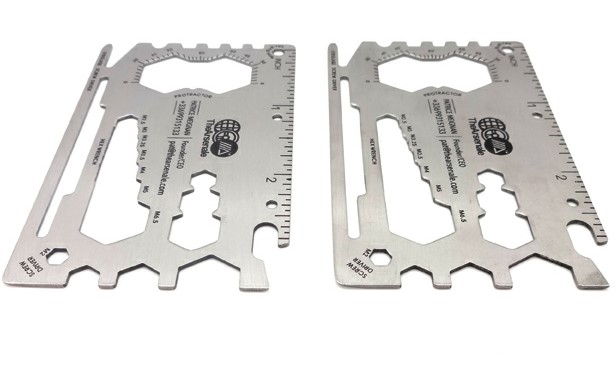
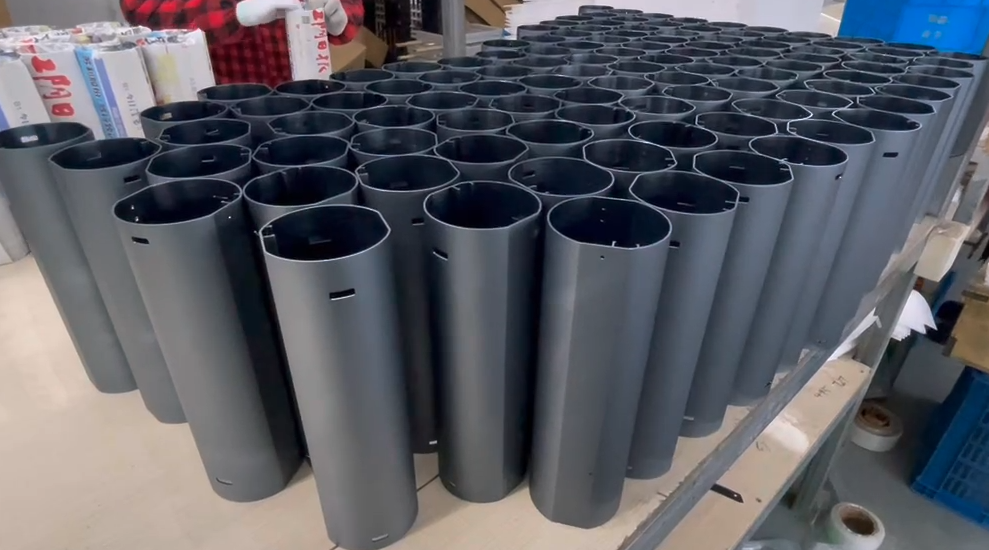
Gold plating. Silver plating.
Copper plating. Rhodium plating.
Chrome plating. Zinc plating.
Zinc-nickel plating. Tin plating.
The evaporation of the metal occurs by feeding a metal wire into a heating source (involves heating) in a closed chamber under a high vacuum at approximately 1500°C (2700°F). The lack of pressure in the vacuum chamber lowers the boiling point of the metal parts, which causes the liquid metal to change from a condensed phase to a gaseous phase. The metal vapor adheres to the surface of the substrate, producing a metallic coating or decorative coatings on the thin film or fabric. For reflective coatings, the most commonly used material is aluminum, which can produce a 90% reflectivity. Industrial, commercial and automotive lighting reflectors all use aluminum.



